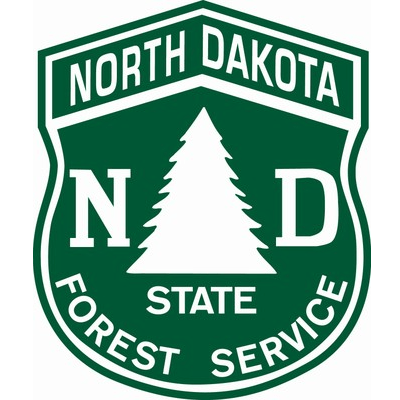
By Beth Hill
BISMARCK, N.D. (ND Forest Service) – Wildfire season started early in North Dakota this year. Due to dry and warm conditions, burn bans already are in effect in many counties, including Dunn, Golden Valley, Mercer, Oliver and Stutsman. Plus, the most recent North Dakota drought monitor update shows that 68 percent of the state is in a severe drought, which is a 10 percent increase from only two weeks ago. The North Dakota Forest Service would like to remind you of what you can do to help prevent wildfires.
Wildland fires need three conditions – heat, fuel, and oxygen – in order to start. Sources of heat can include fires started by people and their equipment, or rarely lightning. Fuel is plentiful in North Dakota, as we have an abundance of dry prairie grasses and other vegetation. Oxygen is widely available in the air. With these three things, it is possible for wildland fires to start. That is why it is so important that North Dakota residents be careful with fire.
In 2020, 518 wildfires burning a total of 9,205 acres were caused by humans in the state of North Dakota and were preventable. The leading causes of preventable wildfires in the state of North Dakota in 2020 were debris burning (294 wildfires started), equipment use (160 wildfires started), and smoking (36 wildfires started).
Debris burning was the largest cause of unwanted, human-caused wildfires in the state of North Dakota in 2020. These wildfires were preventable. If you plan to burn debris, be sure that you are aware of the laws in place by the North Dakota Department of Environmental Quality regarding open burning. You can learn more about this by visiting their website https://deq.nd.gov/AQ/permitting/OpenBurning.aspx .
If you are towing any kind of a trailer, ensure that your chains are not dragging. Dragging chains cause sparks, which can ignite a wildland fire. Also, be careful when driving on dry brush or grass. Hot exhaust pipes can also ignite wildland fires which you may not notice until it’s too late.
Fires should not be started on days with a Red Flag Warning. You can check to see if your county has a Red Flag warning by visiting NOAA’s website at https://www.weather.gov/bis/. To learn more about how you can prevent unwanted, human caused wildfires, visit the Smokey Bear website at https://smokeybear.com/en.
In order to learn more about what each burn ban entails and to check current status of your county, please visit the ND Response website at https://ndresponse.gov/burn-ban-restrictions-fire-danger-maps
